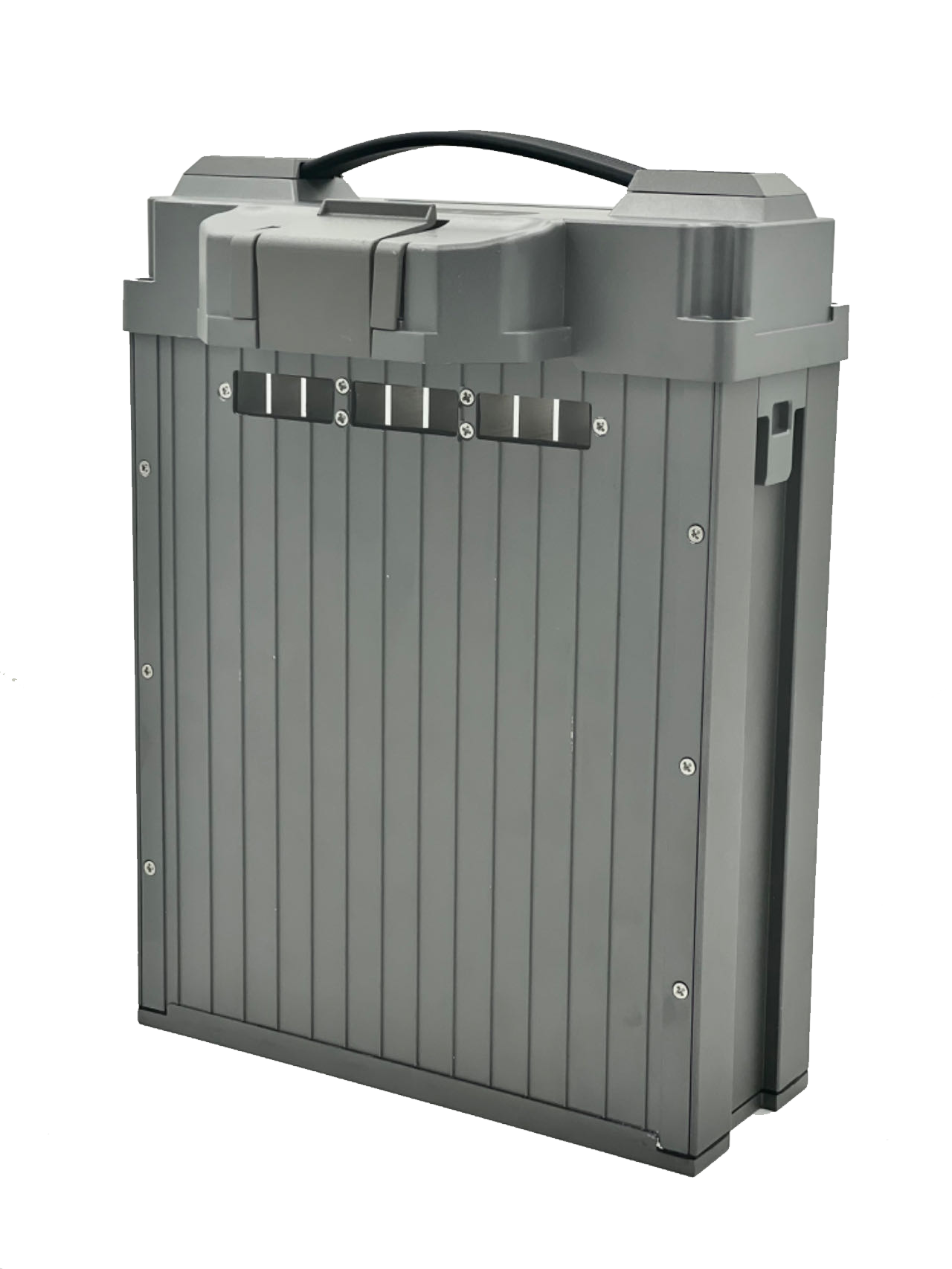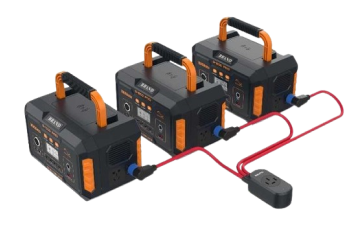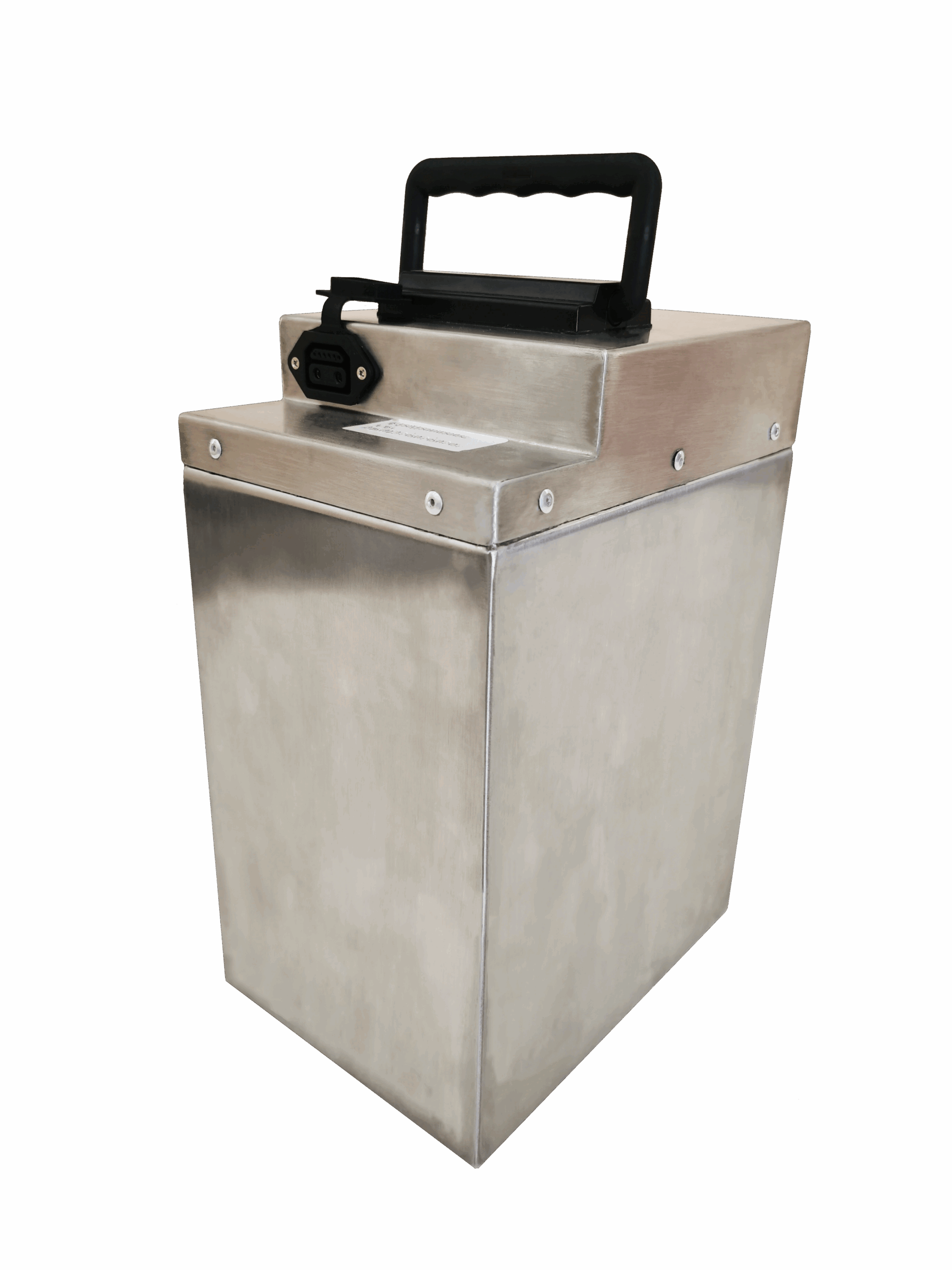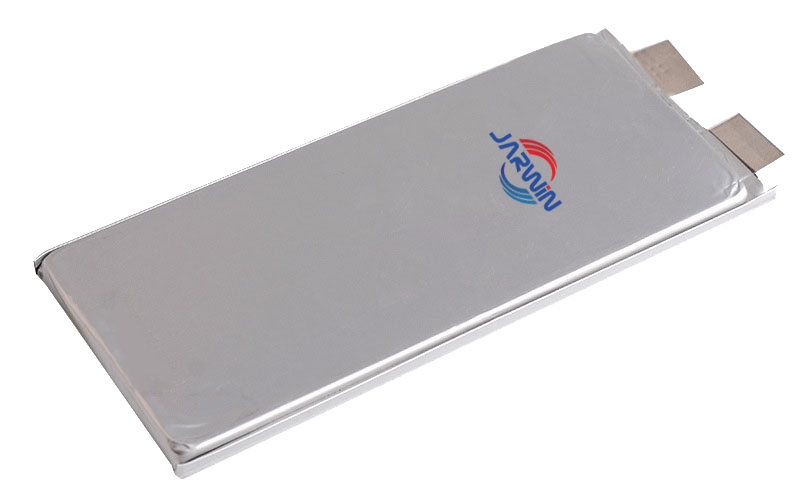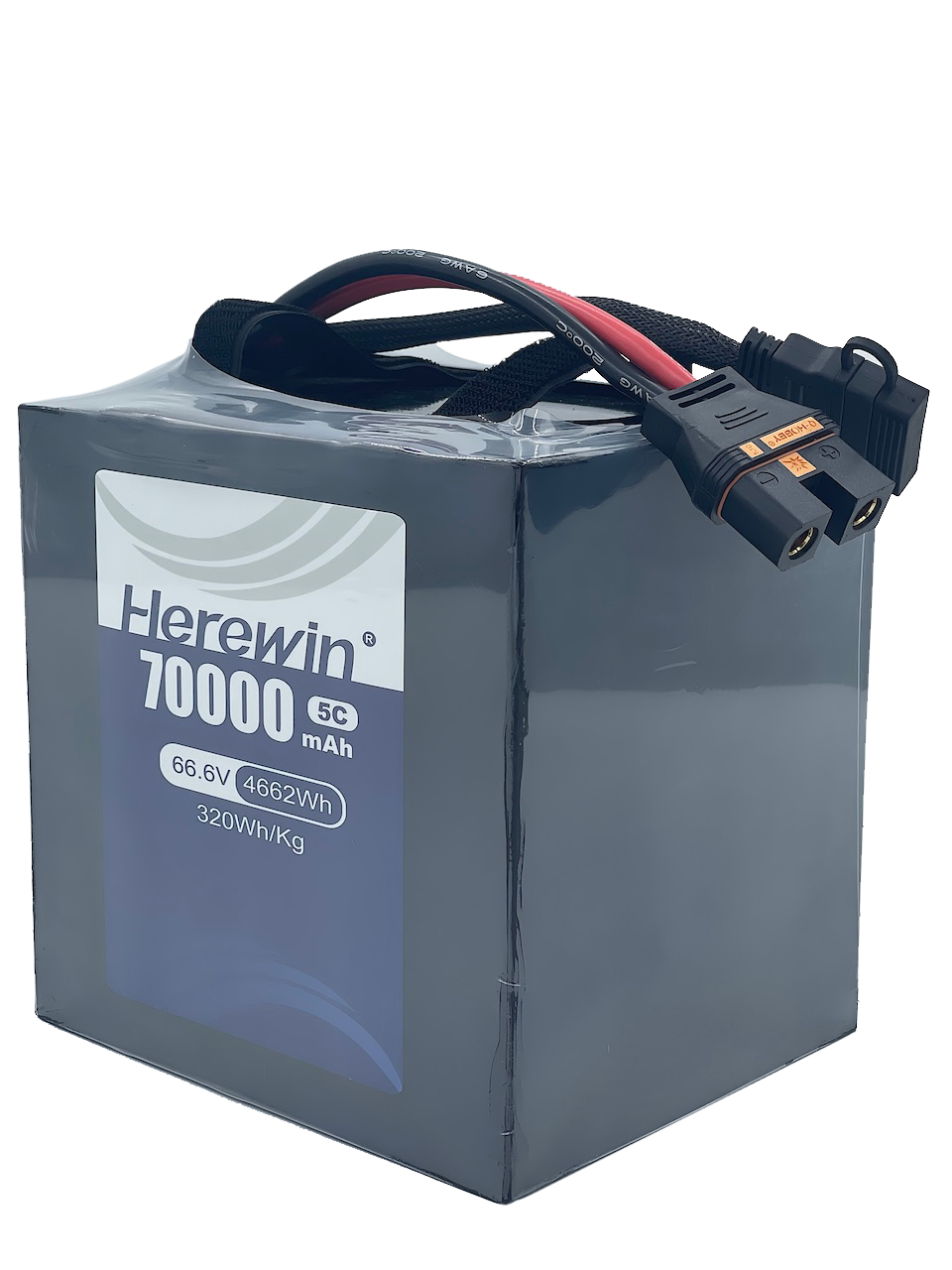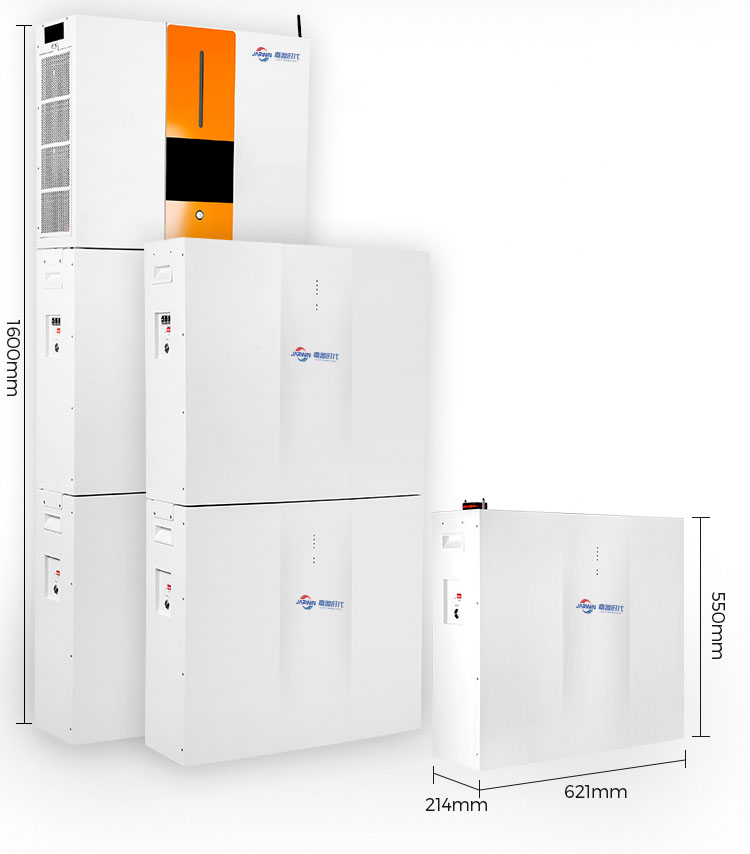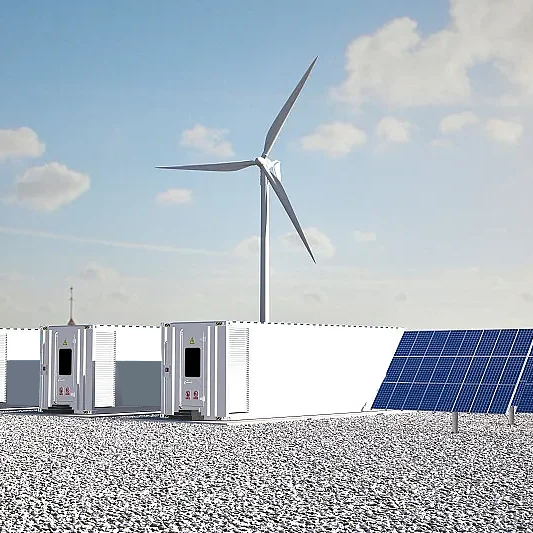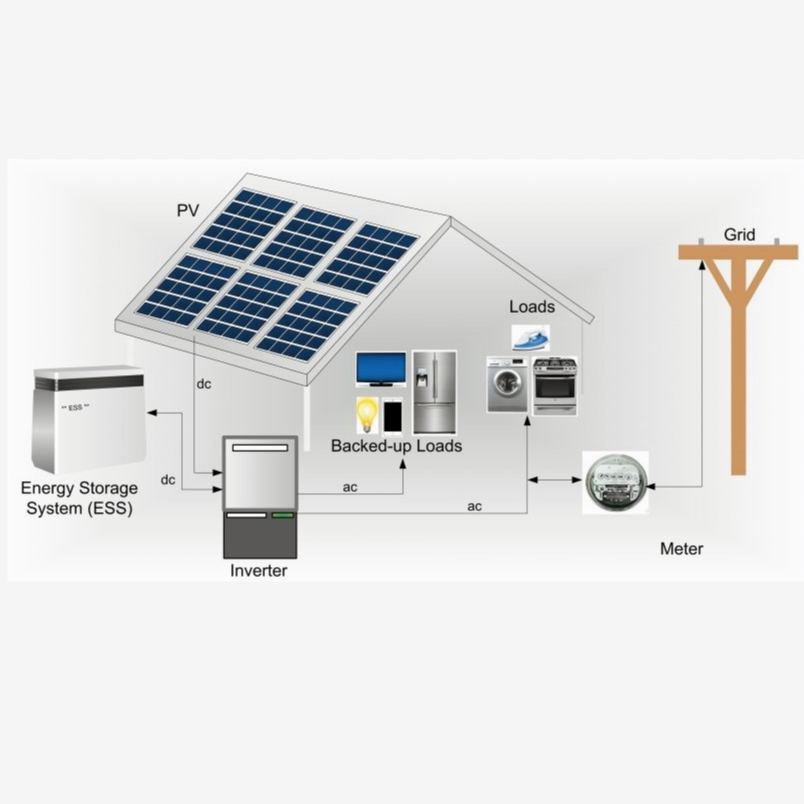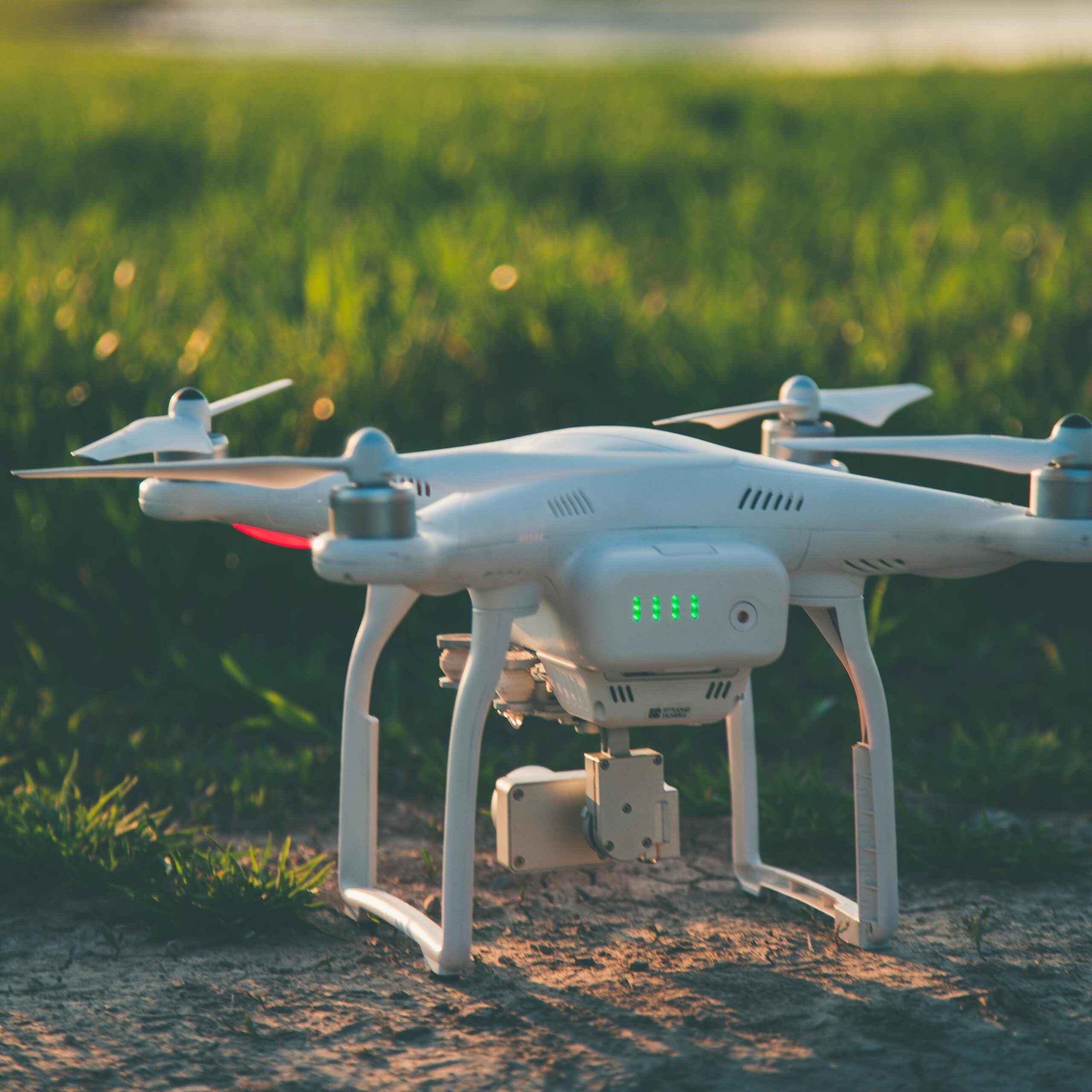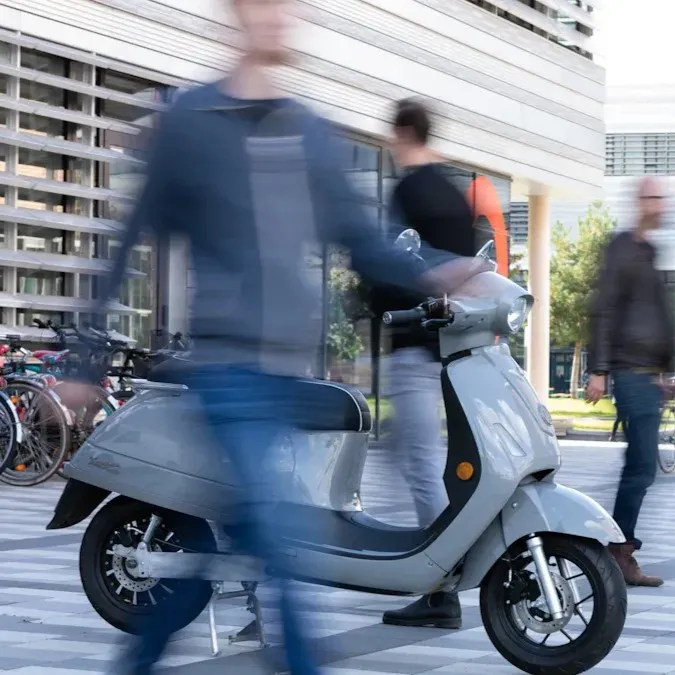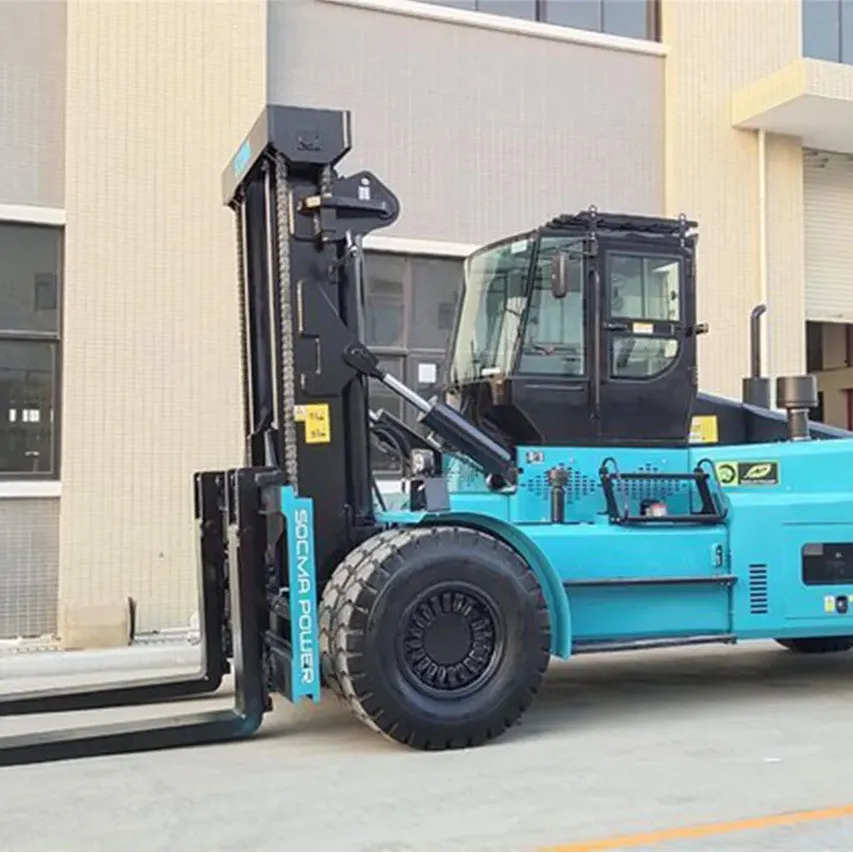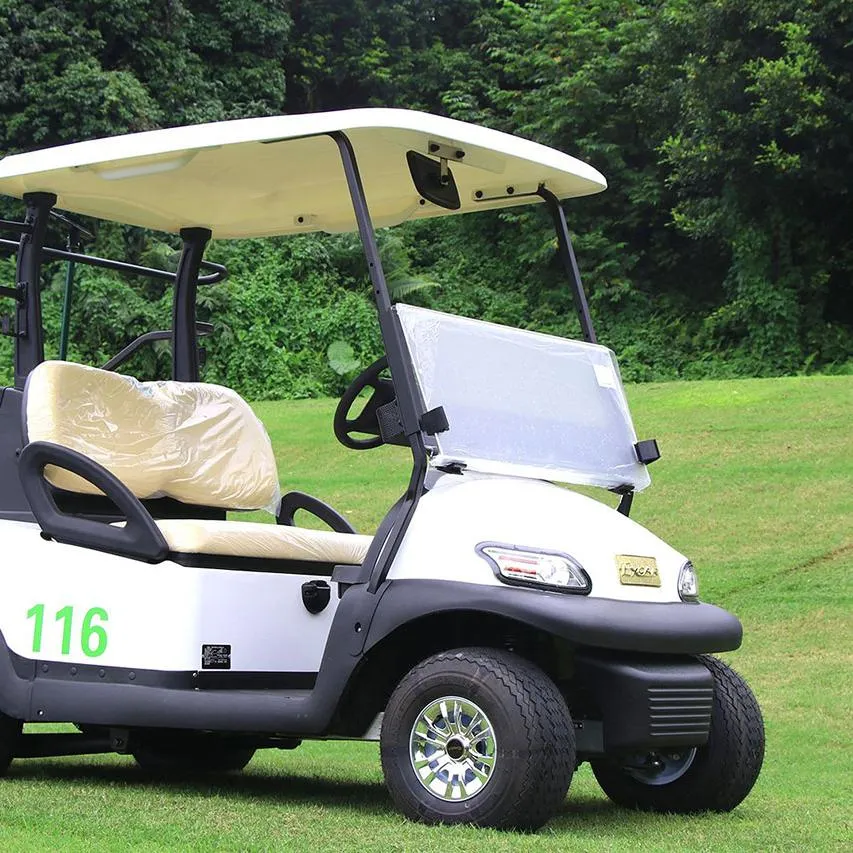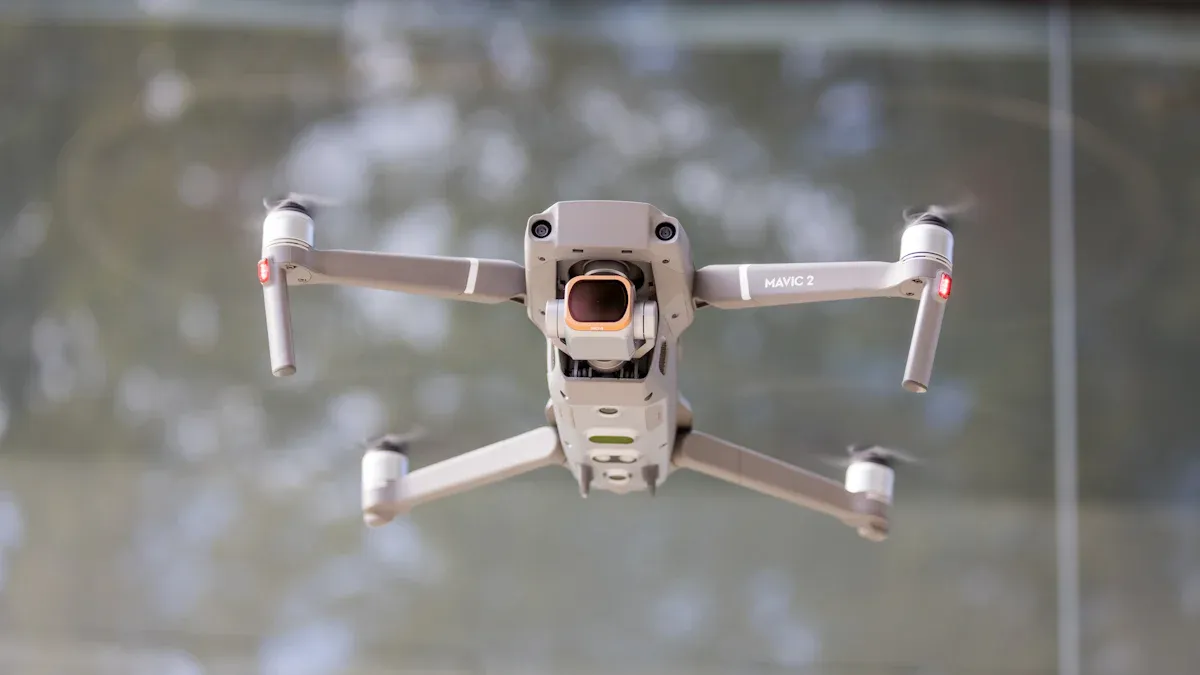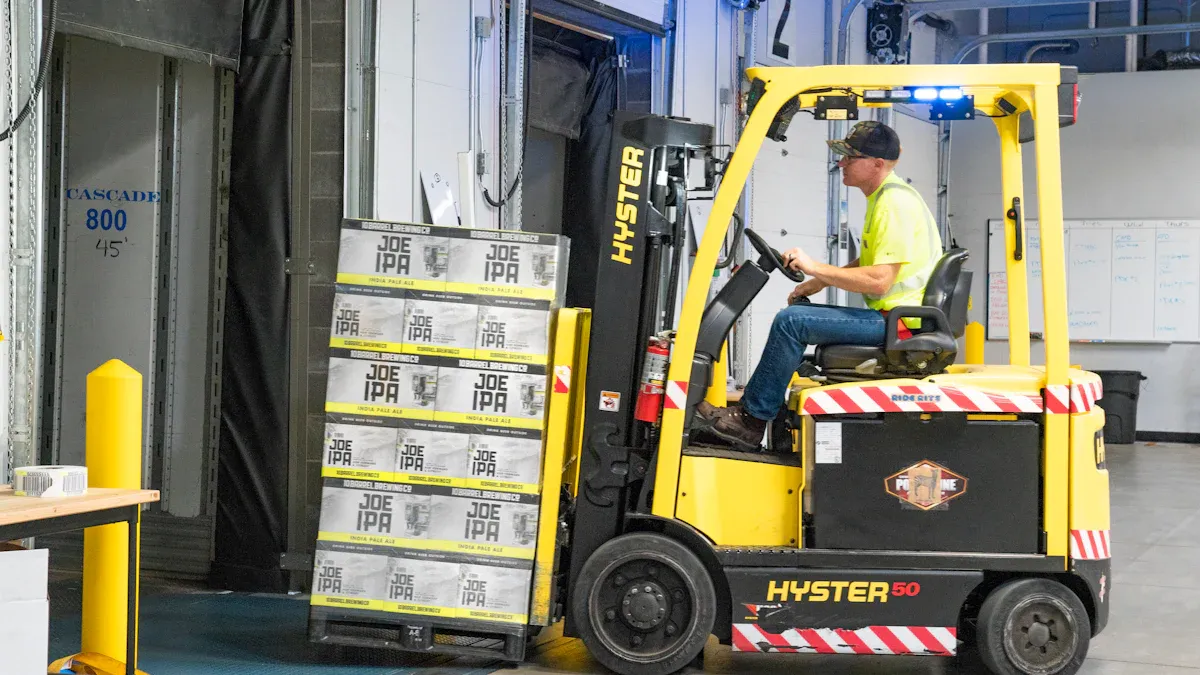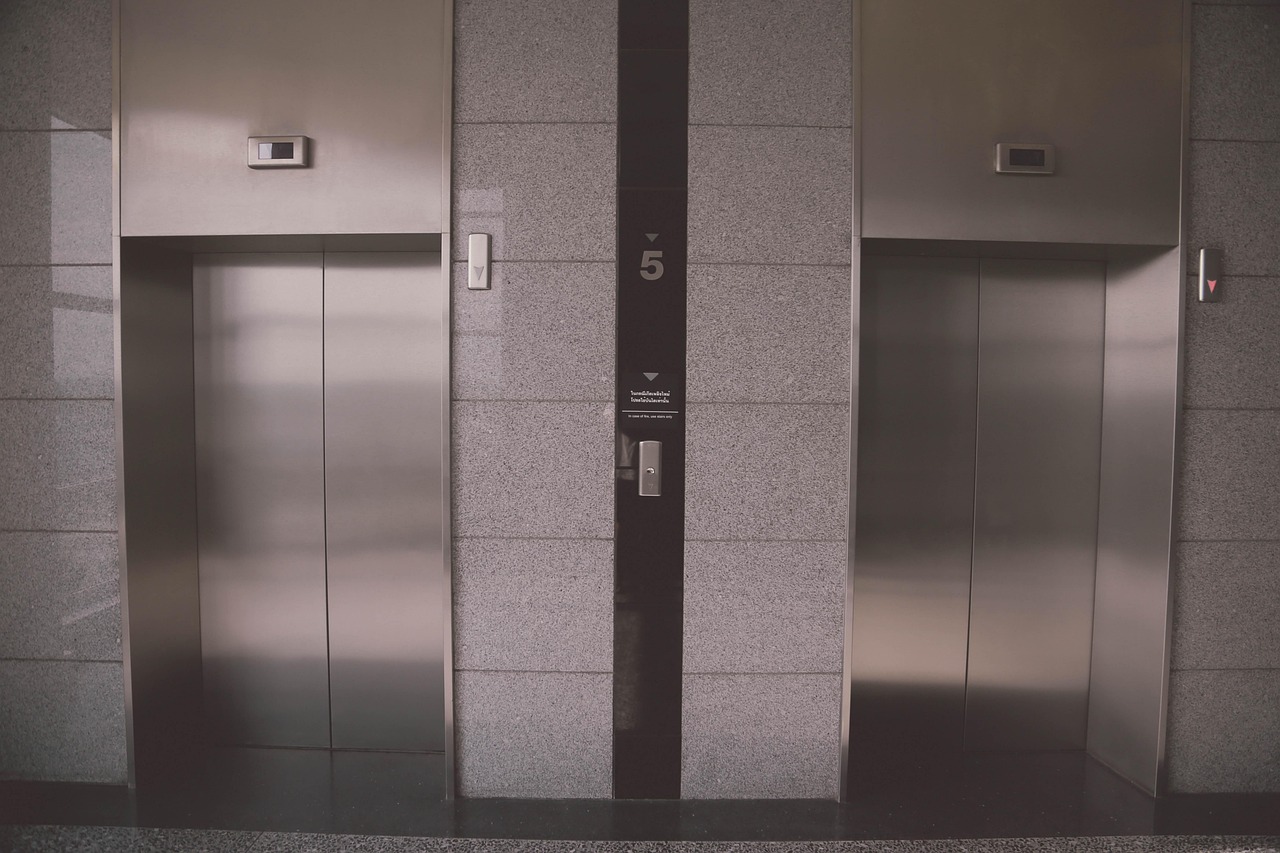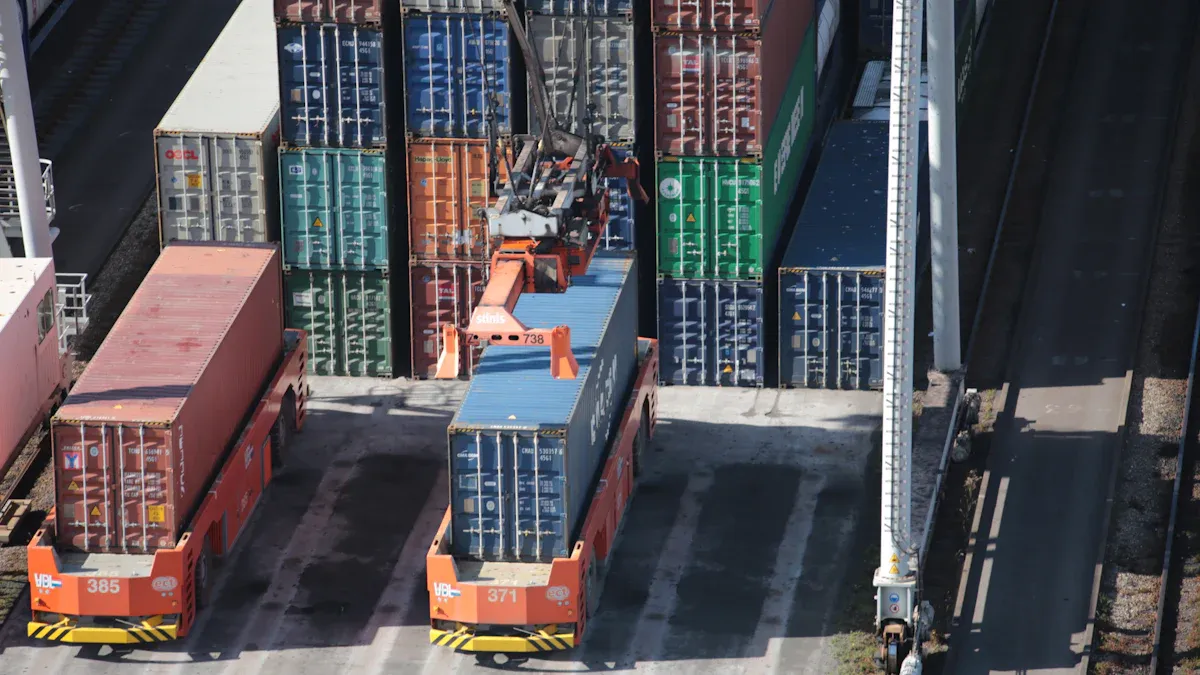
Getting the right motor and battery for your drone is super important for optimal performance, safety, and longevity. If these components don’t match, adverse outcomes can occur. For instance, an overpowered motor can overheat and burn out, while an underpowered setup can lead to sluggish performance or even a crash. Mismatched parts can also cause instability, increasing the risk of accidents. This UAV Motor and Battery Integration Guide helps you select and match the right components, preventing significant issues and ensuring your drone operates effectively.
Belangrijkste opmerkingen
Matching your drone’s motor and battery is very important. It keeps your drone safe and makes it fly well.
Mismatched parts can cause big problems. These include motors getting too hot, losing power in the air, or parts wearing out fast.
Follow a 7-step checklist to pick the right parts. This includes checking how much weight your drone will lift and how much power your motors need.
Always check your battery’s voltage and C-rating. Make sure they match your motor’s needs. This stops damage and helps your drone fly longer.
New battery types, like semi-solid-state batteries, can make drones fly longer and safer. They hold more power and are lighter.
Understanding Core Component Fundamentals
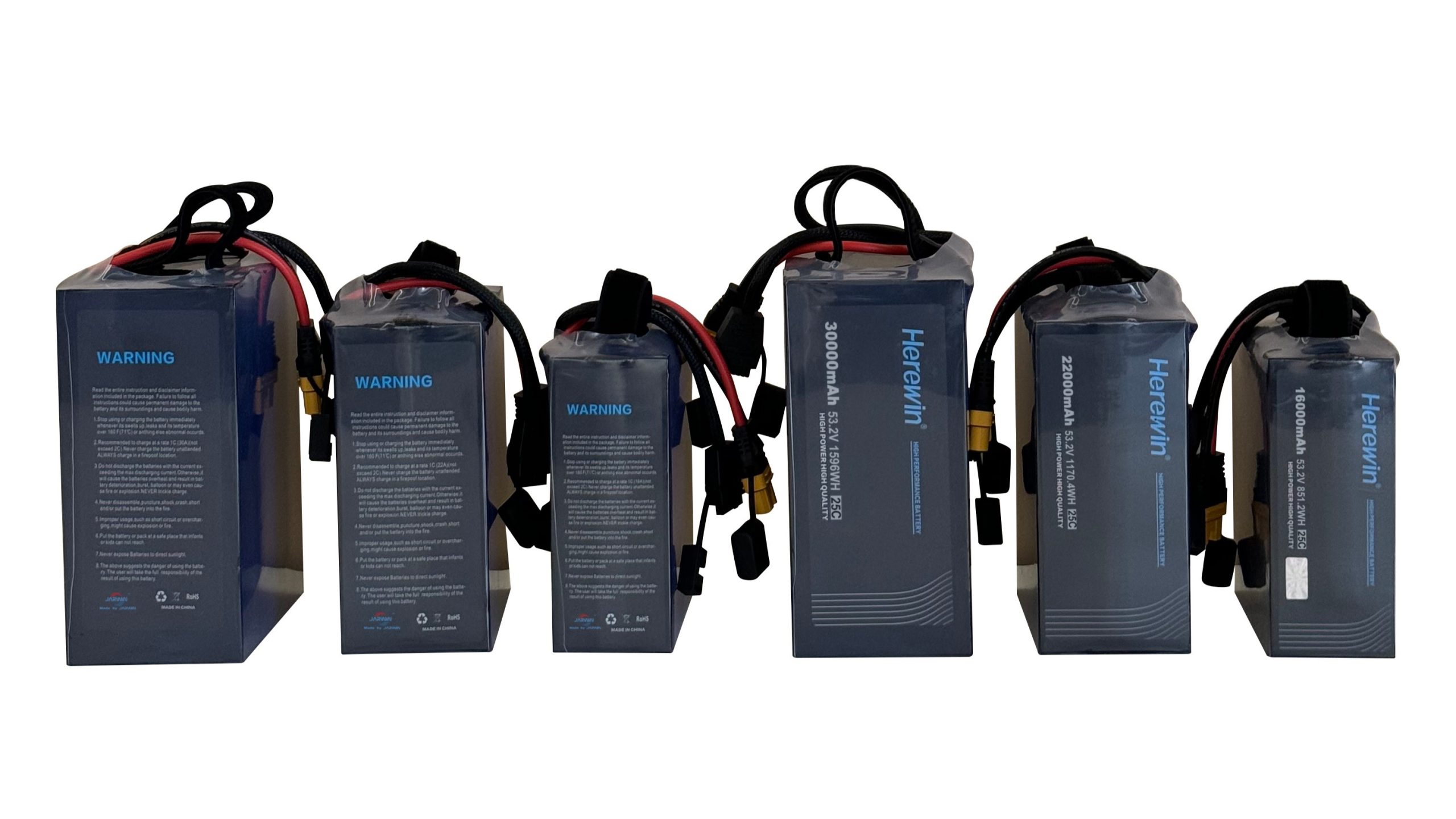
You need to know about your UAV‘s motor and battery. This helps you make good choices. It makes sure your drone flies safely. It also makes sure it works well. Let’s look at the main parts of each.
Motor Fundamentals
Motors have important details. The KV value shows how fast the motor spins. It is measured in RPM per volt. This is without a load. A higher KV motor spins faster. This is true at the same voltage. Rated Voltage is the voltage range. The motor should work within this range. Using the right voltage stops damage. Peak Current Draw is the most current the motor can use. This happens during hard moves. Your battery must give this much current.
Think about how efficient the motor is. Lower KV motors are often better.
KV Rating | Flight Time | Efficiency |
|---|---|---|
Longer | Hoger | |
2100KV | Shorter | Onder |
Motors with 1800KV work better. They spin bigger propellers slowly. This makes more push for the power used. These motors use less current. They also make less heat. They let you fly steadily. This happens at lower throttle. This saves battery life.
Battery Fundamentals
Batteries also have key details. S-count/Voltage means how many cells are linked. They are linked in a row. Each cell adds to the total voltage. For example, a 3S battery is 11.1V. A 6S battery is 22.2V. Capacity is measured in mAh. This shows how much energy the battery holds. More mAh means longer flights. The Discharge Rate (C-rating) shows how fast the battery can give current. A 20C rating on a 5000mAh battery means it can give 100 Amps. (5000mAh * 20C = 100,000mA or 100A).
Battery internal resistance also changes how it works.
It causes voltage to drop. It lowers efficiency when used.
This means less power and quickness when flying.
Temperature really changes internal resistance.
Cold batteries have lower starting voltage. The voltage drops fast. This risks not enough power.
Warm up your battery to over 25 degrees Celsius. This lowers internal resistance.
High temperatures can also raise internal resistance. This lowers power output.
Why Precise Matching is Non-Negotiable
You must match your drone’s motor and battery carefully. If you do not, serious problems can happen. These issues affect your drone’s safety and how long it lasts. Understanding these risks helps you make better choices.
Thermal Overload and Component Burnout
Root Cause: Your battery might not supply enough current for the motor. Or, your motor tries to pull too much power from a small battery. This mismatch creates too much heat. Both the motor and battery get very hot.
Risk: High heat can damage parts. Motor windings can melt. Battery cells can swell or fail. This leads to permanent damage. In some cases, it can even cause a fire. You risk losing your entire drone.
Thrust Loss and Mid-Flight Crash
Root Cause: Your battery voltage drops too much when the motor needs power. This is called voltage sag. The battery cannot keep up with the motor’s demands. The motor receives less power than it needs.
Risk: Your motor spins slower. It produces less thrust. Your drone loses lift. It becomes unstable in the air. This can cause an unexpected crash. Poor matching also means shorter flight times.
Reduced Lifespan and Suboptimal ROI
Root Cause: Your drone parts constantly work too hard. The battery might always discharge too quickly. The motor might always pull too much current. They operate outside their safe limits.
Risk: Both your motor and battery wear out faster. Batteries degrade quickly. Motors burn out sooner. You will replace parts more often. This increases your costs. You get less value from your investment.
Optimal Integration: A 7-Step Risk Checklist
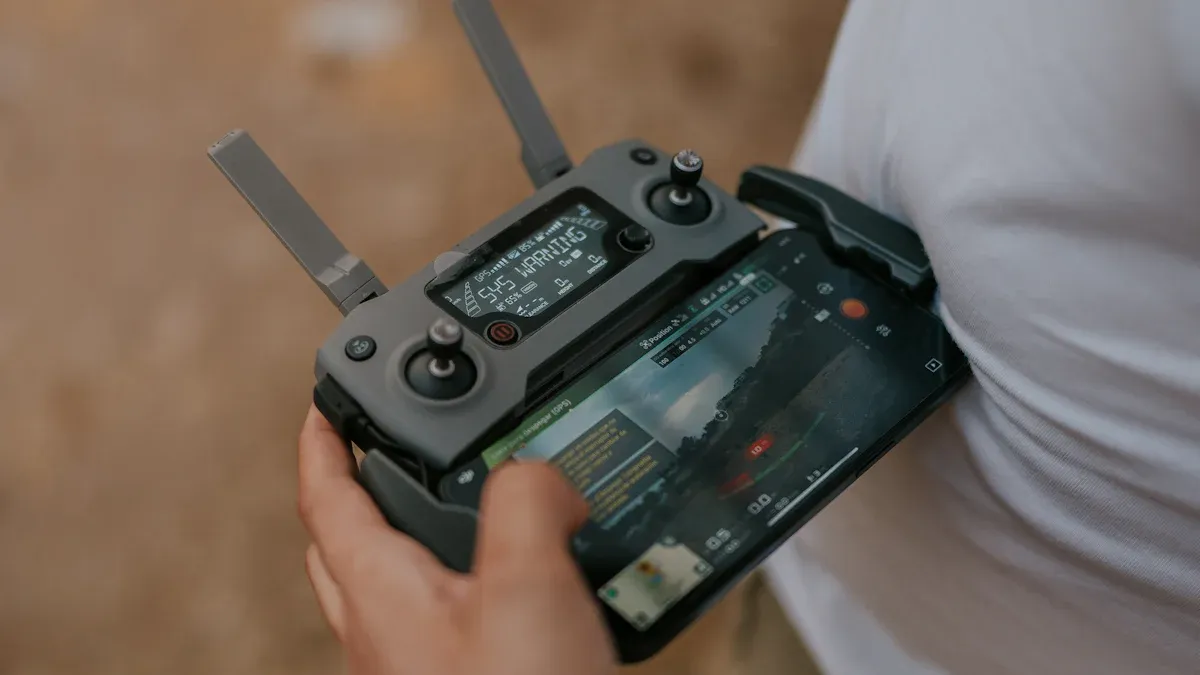
Matching your drone’s parts correctly is very important. This UAV Motor and Battery Integration Guide gives you a clear plan. Follow these seven steps to choose the best motors and batteries for your drone. This helps you avoid problems and ensures safe flights.
Step 1: Determine UAV Requirements & Thrust Goal
First, you need to know what your drone will do. Will it carry a heavy camera? Will it spray crops? How long do you want it to fly?
Payload: How much weight will your drone lift? This includes cameras, sensors, or cargo.
Max Weight: Add the payload weight to the drone’s empty weight. This gives you the total weight your motors must lift.
Endurance: How long do you need your drone to stay in the air? Longer flights need more efficient parts.
You need your motors to produce at least twice the total weight of your drone. This gives you enough power for stable flight and control. For acrobatic drones, you might need even more thrust, like 4 to 5 times the drone’s weight.
Step 2: Select Motors & Propellers
Now you know how much thrust you need. You can choose your motors and propellers.
Look at motor specifications. They often show thrust data with different propellers.
Pick a motor and propeller combination that gives you the required thrust.
Consider the propeller size. Larger propellers usually create more thrust at lower RPMs. This often means better efficiency.
Match the motor’s KV rating to your propeller size. Lower KV motors work well with larger propellers. Higher KV motors work better with smaller propellers.
Step 3: Calculate Motor Current Draw
Your motors will draw power from the battery. You need to know how much.
Continuous Current: This is the power your motors use during normal flight. You can find this in motor test data.
Peak Current: This is the highest power your motors use. It happens during fast climbs or quick moves. This number is very important for battery selection.
Add up the continuous current for all your motors. Do the same for peak current. This gives you the total current your battery must supply.
Step 4: Select Battery Voltage
Choosing the right battery voltage is like picking a speed setting for your motors.
Higher voltage (more S-count) means your motors spin faster. They produce more power.
Lower voltage means they spin slower.
Match the battery voltage to your motor’s rated voltage. For example, if your motor works best with a 6S battery, use a 22.2V battery.
Using the correct voltage helps your motors run efficiently. It also prevents damage.
Step 5: Select Battery Capacity & Required C-rating
This step is crucial for flight time and safety.
Capacity (mAh): This determines how long your drone flies. A higher mAh battery gives you longer flight times.
You should aim to use only about 80% of your battery’s capacity during a flight. This helps the battery last longer.
C-rating: This tells you how much current the battery can safely give out.
Calculate the C-rating your motors need. Divide your total peak motor current (from Step 3) by the battery’s capacity (in Amps).
For example, if your motors need 100A peak current and you have a 5000mAh (5A) battery, you need a 20C battery (100A / 5A = 20C).
You should add a safety margin to this number. Add 20–30% more to the calculated continuous C-rating. This extra room helps with things like battery age or cold weather. For example, if you need 46C, aim for a battery that says 55–60C.
Step 6: Verify Weight Constraint
You have chosen your motors, propellers, and battery. Now, check the total weight.
Add the weight of all your components. This includes the frame, motors, propellers, battery, and payload.
Compare this total weight to your drone’s maximum lift capacity.
If the drone is too heavy, you might need to choose lighter components. You might need a smaller battery or more efficient motors. Remember, a lighter drone flies longer and handles better.
Step 7: Final Compatibility and Safety Validation
You have selected all your parts. Now, you must check everything one last time.
Voltage Compatibility: Make sure your ESCs (Electronic Speed Controllers) and flight controller can handle the battery voltage.
Current Compatibility: Ensure your ESCs can handle the peak current draw from your motors.
Physical Fit: Do all the parts fit well on your drone frame? Is there enough space for wires and cooling?
Wiring: Use the correct wire gauges. Make sure all connections are secure.
Test Safely: Always do initial tests with propellers off. Check motor direction and ESC calibration. Then, do short hover tests in a safe area.
Following these steps helps you build a reliable and efficient drone. This careful process reduces risks. It ensures your drone performs as expected.
Herewin’s Targeted Integration Solutions
You need good ways to make your drone work its best. Herewin has new ideas. They fix common problems. These ideas make your drone safe. They also make it work well.
Semi-Solid-State Technology (Mitigates Current/Weight Risk)
Semi-solid-state batteries are a big change for drones. They hold more power. They are also light. This means longer flights. Your drone can carry more. This helps with watching things. It helps with deliveries. It helps with farming. These batteries are safer. They are less likely to catch fire. They lower heat risks. This makes them safer. They still work great. These batteries are good for air travel. They work well in tough places. They work in sensitive areas.
You can see how good semi-solid-state batteries are:
Functie | Semi-Solid State Batteries | Regular Lithium-Ion Batteries |
|---|---|---|
Energiedichtheid | 300-400 Wh/kg | 150-250 Wh/kg |
Electrolyte | Gel-like (solid and liquid parts) | Flammable liquid |
Veiligheid | Inherently safer, lower risk of leaks and thermal runaway | Higher risk of fire/explosion |
Discharge Rate | High, stable power during high-demand maneuvers | Not specified as high discharge rate |
Payload Capacity | Can boost typical limits from 25 kg to 50 kg | Limited to typical limits (e.g., 25 kg) |
High C-rating/Low Sag Capacity
High C-rating batteries stop thrust loss. This is key for your UAVs. They stop voltage from dropping. This happens when the motor needs power. If voltage drops a lot, the motor slows down. It cannot reach full speed. This means less power. It means slower top speed. High C-rated batteries keep voltage steady. This lets your power system make more watts. Motors can reach full RPM. This stops thrust loss.
The C-rating shows how fast a battery can give out energy.
The most current a battery can give is: Capacity (Ah) × C-Rating.
For example, a 1500mAh (1.5Ah) 100C battery. It can give 150A all the time. This helps keep voltage steady. This is true when you need full power. It stops voltage sag. It stops power loss. It stops video problems. It stops flight controller resets. This makes thrust steady.
Packaging & Thermal Management
Good packaging and heat control are very important. They stop parts from burning out. Herewin’s smart Battery Management Systems (BMS) watch your battery. They check voltage, heat, and current. This watching stops overheating. Strong build and working in many temperatures. This makes your batteries work well. This is true even in bad weather.
Herewin also checks drone parts together. This makes sure all parts work well. This includes ESCs, propellers, and flight controller. This full check makes your power system work together. It lowers risks. It makes your drone last longer.
Common Mismatches and Prevention
You must avoid common mistakes. These mistakes are with drone parts. They hurt how your drone works. They also make it unsafe. Knowing these problems helps you build a good system.
High kV Motor with High Voltage
Using a high kV motor with a high voltage battery is risky. You push your drone motor too hard.
If voltage is too high, your motor can get too hot. This can harm its parts. If battery voltage is too high for the ESC, it can break. You might see smoke. It might just stop. When speed goes up, power goes up. This makes the battery and ESC work harder. Propeller forces get much stronger with motor speed. Power use grows even faster. Small speed changes need much more power. The ESC must handle this. This stops the motor from getting too hot or breaking. Always match your battery voltage. It must fit your motor and ESC. This keeps things safe. It stops damage.
Low C-rating Battery Issues
A battery with a low C-rating cannot give enough power.
If the C-rating is too low, your battery can get damaged. Your drone will not fly well. The battery cannot give power fast enough. It cannot power your motors right. This makes the voltage drop a lot. Your motors do not get enough power. You get less thrust. Your flights are shorter. You might also damage the battery.
Oversized Propeller Load
Using propellers that are too big makes motors work too hard. Your motors use too much power. They get too hot. This can burn out the motor. It also wastes power. Your flights become shorter. Always use propellers that fit your motor.
Underpowered Battery Stress
An underpowered battery means two things. First, it might be too heavy. This makes your drone fly less well. It flies for less time. Second, the battery might be too small. Your motors always need more power. The battery cannot give it easily. This stresses the battery. It wears out fast. It does not last long. You need to balance battery size, C-rating, and weight. This gives the best flight.
Proper motor and battery integration is foundational for safe, efficient, and reliable UAV operation. Optimal matching leads to enhanced performance, extended component lifespan, and significant mitigation of catastrophic flight risks.
Mastering this integration ensures enhanced performance and stability by guaranteeing stable thrust and achieving full RPM without dangerous overheating; it contributes to extended component lifespan by reducing the stress that causes premature failure; and it provides safety assurance by preventing thrust loss and mid-flight power failure due to voltage sag.
We encourage OEM and Integrator readers to apply these detailed guidelines, leveraging advanced solutions like those from Hierwinpower to build or upgrade their UAVs with confidence.
FAQ
How does battery voltage affect my drone’s motor?
Battery voltage controls motor speed. More voltage makes the motor spin faster. This creates more power. Match voltage to your motor’s rating. This stops damage. It makes flights efficient.
What does a battery’s C-rating tell me?
The C-rating shows battery power output. A higher C-rating means more current. This stops voltage drops. It helps keep thrust. It avoids power loss in flight.
Why should I avoid oversized propellers?
Big propellers make motors work hard. They use too much current. Motors get too hot. This can burn out the motor. It wastes battery power. Use propellers that fit your motor.
How can I make my drone fly longer?
Choose a battery with more capacity (mAh). Pick efficient motors and propellers. Use lighter parts. Herewin’s semi-solid-state batteries give high energy. They help your drone fly longer.
Zie ook
Ultimate FPV Drone Battery Guide: Selection, Care, and Peak Performance
Selecting Optimal FPV Drone Batteries: A Comprehensive Buyer’s Guide
Safe and Efficient Charging for High-Voltage 18S Drone Batteries
Essential Features for Choosing the Perfect FPV Drone Battery


